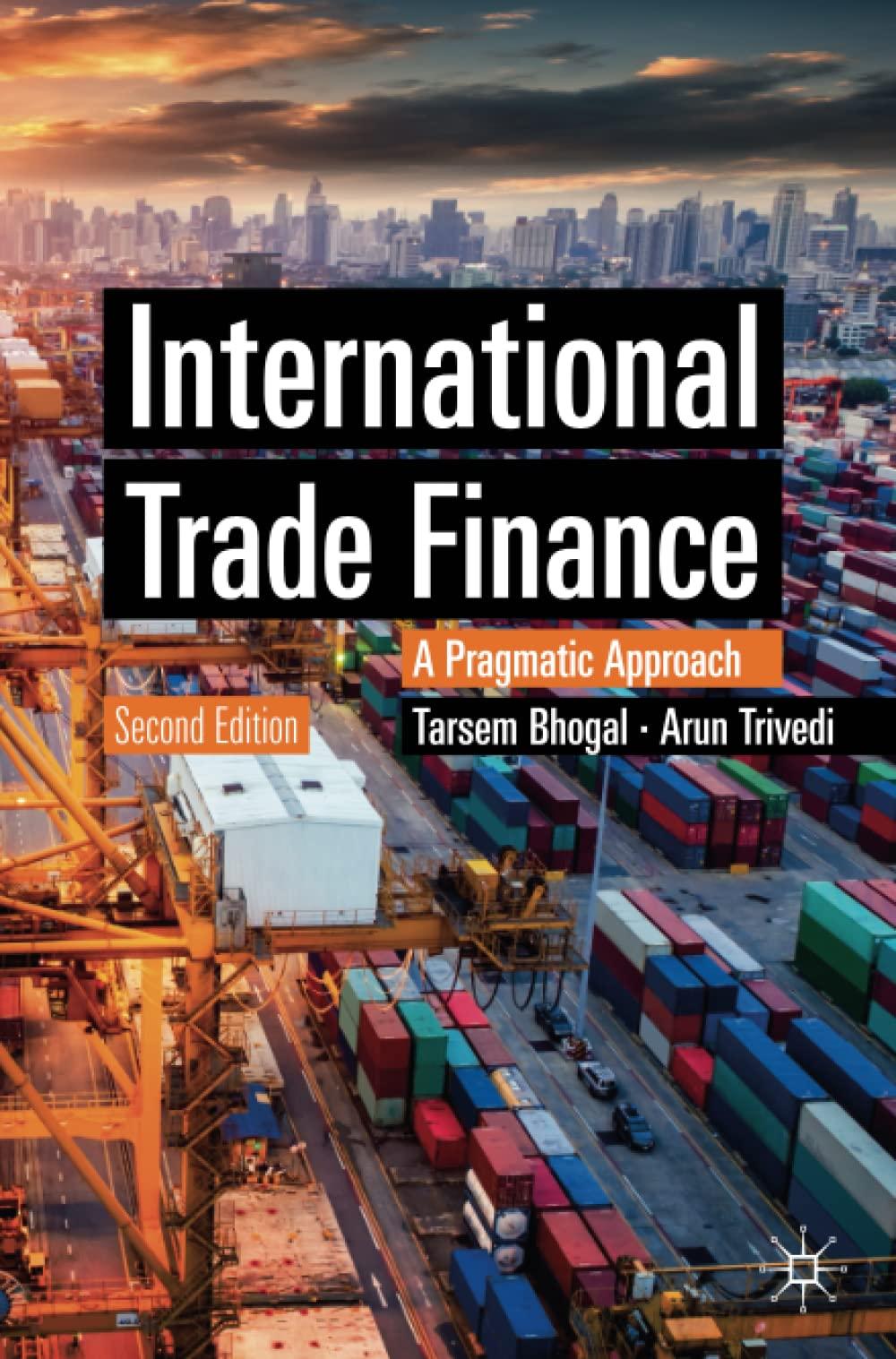

I hope you remember Dastan, the gentleman that used to run a restaurant in one of the previous quizzes. He has decided to offer shashlyk in the menu. He can make the shashlyk either from fam or beef. A kilogram of lamb yields 4.3 skewers and a kilogram of beef yields 5.5 skewers. Therefore, the total quantity of shashlyk skewers, g that Dastan can make is given by the production function g= 4.36 + 5.56, where l and b are kilograms of lamb and beef (which can be fractional numbers). Note that the marginal productivities are MP = 4.3 and MR = 5.5. 1. If the price of lamb is pe = 4 and the price of beef is zx = 3.1, and Dastan wants to make 466 skewers, then: Dastan will have to buy kilograms of lamb. Dastan will have to buy kilograms of beef. The total cost of producing 466 shashlyk skewers is $ 2. For the same prices of lamb and beef as above, the per unit, i.e, the marginal cost of producing one skewer is The marginal cost of one shashlyk skewer is MC 3. Suppose that Dastan operates his restaurant under perfect competition, which means that Dastan takes the price of shashlyk P as given. The analysis from items (1) and (2) above implies that: Dastan's supply curve is at the price P* = a 4. Aruzhan is a friend of Dastan that is taking ECON101. Moreover, she has a keen business mind. Aruzhan told Dastan that he is making an unrealistic assumption in the way he is thinking about the problem: he should consider his budget constraint when taking the decision of how much to produce (as described by his supply curve). Specifically, Aruzhan told him that he should consider the total amount of money (M) that he has to produce the shashlyk skewers. She also told him that the total cost of production should be less than the amount of money he has. If Dastan has an amount 4600 to produce the skewers: M= then he is able to produce a maximum of skewers. Note: your answer can be fractional. This means that Dastan's supply curve is from quantities between 0 and and at this last quantity (in the last box), the supply curve becomes . I hope you remember Dastan, the gentleman that used to run a restaurant in one of the previous quizzes. He has decided to offer shashlyk in the menu. He can make the shashlyk either from fam or beef. A kilogram of lamb yields 4.3 skewers and a kilogram of beef yields 5.5 skewers. Therefore, the total quantity of shashlyk skewers, g that Dastan can make is given by the production function g= 4.36 + 5.56, where l and b are kilograms of lamb and beef (which can be fractional numbers). Note that the marginal productivities are MP = 4.3 and MR = 5.5. 1. If the price of lamb is pe = 4 and the price of beef is zx = 3.1, and Dastan wants to make 466 skewers, then: Dastan will have to buy kilograms of lamb. Dastan will have to buy kilograms of beef. The total cost of producing 466 shashlyk skewers is $ 2. For the same prices of lamb and beef as above, the per unit, i.e, the marginal cost of producing one skewer is The marginal cost of one shashlyk skewer is MC 3. Suppose that Dastan operates his restaurant under perfect competition, which means that Dastan takes the price of shashlyk P as given. The analysis from items (1) and (2) above implies that: Dastan's supply curve is at the price P* = a 4. Aruzhan is a friend of Dastan that is taking ECON101. Moreover, she has a keen business mind. Aruzhan told Dastan that he is making an unrealistic assumption in the way he is thinking about the problem: he should consider his budget constraint when taking the decision of how much to produce (as described by his supply curve). Specifically, Aruzhan told him that he should consider the total amount of money (M) that he has to produce the shashlyk skewers. She also told him that the total cost of production should be less than the amount of money he has. If Dastan has an amount 4600 to produce the skewers: M= then he is able to produce a maximum of skewers. Note: your answer can be fractional. This means that Dastan's supply curve is from quantities between 0 and and at this last quantity (in the last box), the supply curve becomes








